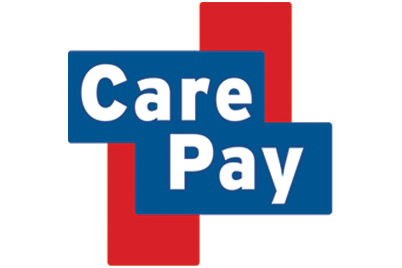The Problem
Every year, about 1.5 million Kenyans are pushed below the poverty line due to catastrophic healthcare costs.[i] Although insurance coverage is often viewed as a resource to help offset these debilitating medical costs, less than 1 in 5 Kenyans enjoy some form of medical coverage. This disparity is mainly attributed to the increasing cost of care and the lack of trust between insurance providers, providers, and consumers.[ii]
The tension between these key stakeholders persists for a wide variety of reasons. The current claims submission process is highly manual and does not provide access to real-time data, thus making it challenging for any of these parties to take prompt action. Delays in payment connected to the fee for service model, have also further incentivized healthcare providers towards over-utilization and increasing service costs. Insurers in return, in a bid to manage escalating costs, have increased premiums to allow them to deploy biometric and utilization monitoring  technology to manage the highly complex benefit restrictions.
technology to manage the highly complex benefit restrictions.
This combination of high administration costs, increasing levels of fraud, and escalating healthcare costs have made it very challenging for insurance providers to create and scale affordable medical insurance coverage solutions
The environment in other markets in which CarePay is currently active, including Nigeria and Tanzania, is similar, if not worse.
CarePay’s M-TIBA Platform
Through CarePay’s M-TIBA platform, funds from donors, public and private insurers are directed to consumers’ Mobile Health wallet, making them much more involved and aware of the cost and quality of care they receive. The funds can be restricted to conditional spending at selected healthcare providers. With every transaction, CarePay can offer a digital payment for realtime medical and financial data, making healthcare more transparent for patients, healthcare  providers and payers. The real time data available to insurers helps improve their pricing strategy and their ability to pay providers promptly. In addition, using machine learning and artificial intelligence, the platform aims to automate claims management, prevent fraud, and shift the focus away from fee for service models towards rewarding providers for outcomes and quality care. Using mobile phones to manage benefits also fosters a closer relationship with consumers, creating opportunities to foster behavioral change and increase the focus on preventative care.
providers and payers. The real time data available to insurers helps improve their pricing strategy and their ability to pay providers promptly. In addition, using machine learning and artificial intelligence, the platform aims to automate claims management, prevent fraud, and shift the focus away from fee for service models towards rewarding providers for outcomes and quality care. Using mobile phones to manage benefits also fosters a closer relationship with consumers, creating opportunities to foster behavioral change and increase the focus on preventative care.
Impact
With the use of the CarePay platform, cost of administration per life has been shown to be reduced by more than 50%. The cost of medical care on insurance schemes has also been reduced by as much as 20% annually. CarePay also improves the quality of care by providing additional tools that track patient journeys, allowing for better capitation models and other smart reimbursement and contracting models for care.
The M-Tiba platform is playing a key role in advancing universal healthcare throughout Kenya, having facilitated the digital enrollment of over 2.5 million Kenyans in three pilot counties in just two months by partnering with 9K+ youth and community health workers.
Learn more about CarePay and the company’s positive impact on healthcare throughout Africa here.

